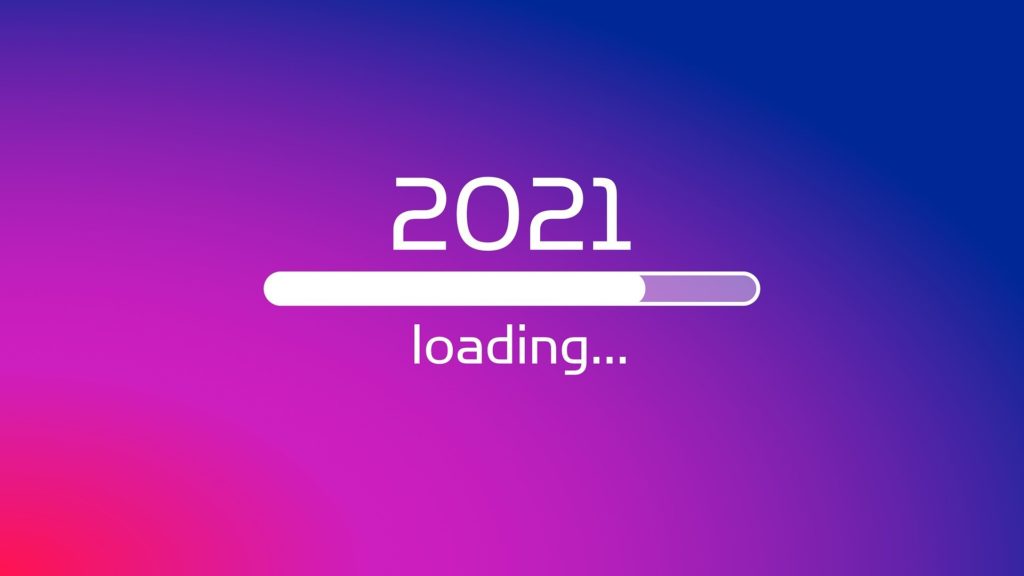NDA is asking some of our industry’s leading players for their predictions for the digital media and marketing industry in 2021.
Harvin Gupta, Director of Solutions Engineering at Xandr
Brand safety in the time of COVID-19 has been a difficult and often subjective process to navigate. Many advertisers blocked content related to the pandemic believing it may have a negative impact on their brand, when in fact news and articles around coronavirus typically had the highest engagement rate and much of it was suitable to advertise next to.
The good news is that advertisers are beginning to see that keyword blocklists are too blunt and in 2021 we expect to see a move towards sophisticated, next generation contextual advertising solutions. The great thing about contextual is that not only does it offer a more nuanced approach to brand safety but the algorithms underpinning it mean brands can reach high-value audiences without the need for third-party cookies.
Niki Stoker, COO, A Million Ads
It’s become paramount for brands to flexibly switch between different messaging this year, as steady normality has been replaced by fluctuating rule changes that can shift significantly from day-to-day. We’ve therefore seen an uptake in brands using dynamic advertising, which enables them to adapt their creative in real-time to the current situation, so they can stay contextually relevant at all times.
This is particularly key for hospitality brands such as restaurants that have had to adjust to offering dine-in one day and take-away the next. It’s not realistic to start a new ad campaign from scratch each time the government announces a new set of rules, and dynamic creative advertising means restaurants can adapt their message to consumer circumstance in real-time.
Given the ongoing uncertainty, dynamic advertising is set to play a part in savvy brand strategies for the foreseeable.
What’s more, it’s no longer limited to static display ads; dynamic creative can now personalise immersive and emotive forms of advertising such as audio and video. And since the average UK consumer spends over 70 minutes per day listening to audio, and almost 100 minutes per day watching digital video; dynamic offers advertisers a way to engage audiences with the most relevant creative at the optimum time.
Zara Erismann, MD Publisher Europe at LiveRamp
Publishers are set to focus on audio and CTV.
If there’s one activity that’ll be key for publishers in 2021 and beyond, it’s diversification. For a long time, even top-tier publishers have struggled to effectively monetise traditional editorial content, and now they also find themselves faced with many advertisers cutting budgets this year. This has begun a necessary shift towards trialling new channels and exploring new marketing strategies that offer fresh opportunities to engage consumers.
As publishers seek out new ways to grow revenues, there are two areas in particular that are gaining popularity; audio offerings such as podcasts, and CTV. Just last month, for example, Spotify bought Megaphone, to help enhance its podcast advertising abilities, and Verizon announced a strategic partnership with Buzzfeed, which will enable the digital media company to access Verizon’s CTV and audio inventory.
If rolled out correctly, new content opportunities like these provide publishers with a huge opportunity to offer an attractive value exchange. If users are willing to provide details such as email addresses to access valued content, it will allow publishers to better monetise their inventory.
This is particularly crucial given the looming deadline for the deprecation of third-party cookies, as it empowers publishers to enable addressibility on first-party data.









